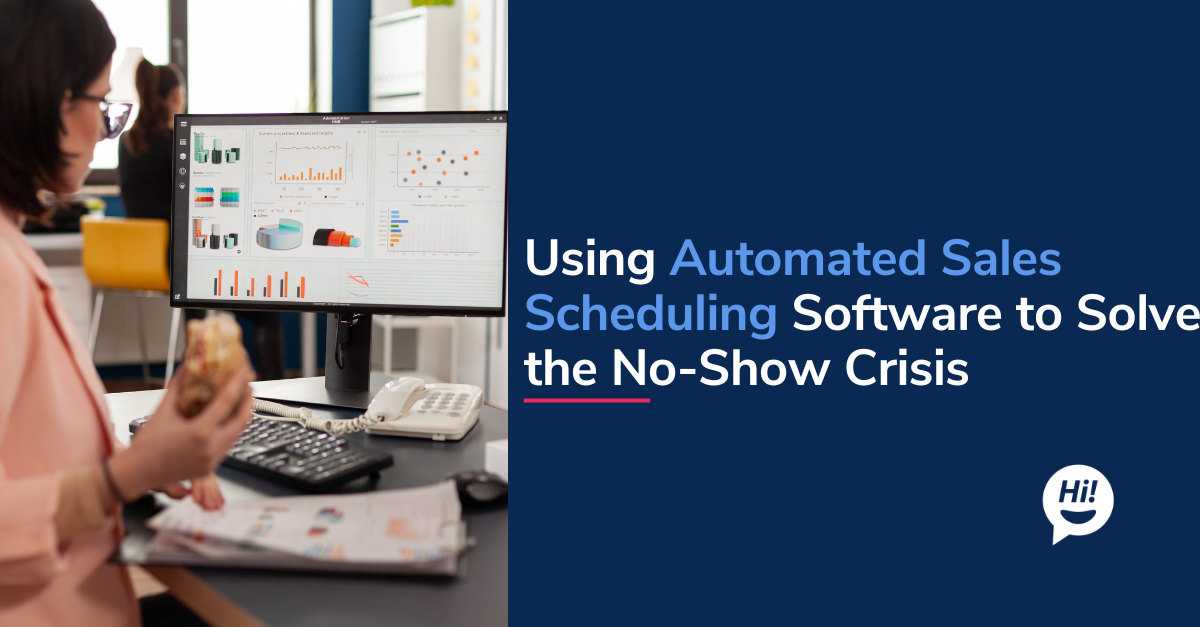There are times when a website visitor has a question, a customer has an issue that needs to be resolved, or internal dialogue or different roles are involved in a transaction. Is multi-agent chat appropriate or needed in these examples?
Let’s take a look at the first example. An automated chatbot is an excellent option for companies that field calls or inquiries with similar, repeated questions: What are your business hours? Where are you located? Do you have these in my size? These types of inquiries are great to offload to a scripted experience with an offer at the end to speak with a live agent.
But when is one or more agents on a conversation needed? There are different times when a conversation between two people needs to include one or more participants. Let’s look at an example.
A customer comes onto a mortgage company’s site and starts a chat session. They are relocating and are purchasing a new home in another state. As the first agent on the chat learns more about the customer, they recognize they are not licensed in the state the customer is moving to. They bring on an agent licensed in that state and go through the introductions so the customer can seamlessly continue the conversation.
In this example, multi-agent chat happens and the customer is talking to two loan officers simultaneously. During this conversation, the second agent has the ability to see the previous conversation and any notes the first agent has taken. Botsplash makes this transition and transfer very easy for all the participants.
Let’s stay with this customer and call him Kurt. In our next example, after the loan officer has collected all of Kurt’s information, she has some questions she needs help answering. Let’s call her Lisa. Lisa initiates an internal chat session with Pete, a loan processor. Lisa needs to be updated on any FHA guidelines, and while she’s chatting with Pete, she adds Leslie from the legal team because Kurt wanted to use funds from a family trust. In this case, Lisa, Pete, and Leslie are engaging in an internal chat using the Botsplash platform, and all of the conversations are being recorded and appending Kurt’s customer record.
These types of conversations happen in real-time, and the Botsplash platform keeps access dedicated to the individuals that need customer access. If your organization has concerns about who can and cannot view conversations, we have it thought out and made available tools to control access to conversations among team members.
In the above examples, Lisa, Pete, and Leslie are engaging internally about Kurt. There are additional ways that chat can be used internally, including for a service desk. Perhaps Lisa can’t print the documents she needs. She initiates a chat with the service desk and submits a form through the chat to have someone take care of the printer. That task is assigned to Sam and he opens a chat with Lisa to learn more. He finds out it’s not a mechanical issue, so he adds Walter from web services to check the wifi. Walter resets the printer, checks with Lisa and Sam, and closes the ticket.
One last example of using multi-agent might look like this. Kurt goes car shopping and finds the truck of his dreams, but it’s not nearby. It’s several hours away, and he is checking the availability of the vehicle. He starts a chat and Tom checks the inventory for him and finds out it is available. Kurt has been looking for this make and model for a while and doesn’t want to miss his opportunity so he’s ready to buy. Tom brings on Frank from financing onto the chat. The financing is going smoothly, and Frank, Tom, and Kurt are excited to be close to finishing up. While finishing up, Tom brings the service manager, Stan, onto the chat to ensure the vehicle is ready when Kurt gets there later in the day. One customer, three departments, one chat. The Botsplash platform makes conversations like this easy.
Botsplash is an omnichannel customer engagement platform, and web chat is a core piece of a comprehensive strategy. But if chat is not fully featured, it’s not fully functional. We’ve looked at some of the examples of how and when multi-agent chat can be used. Additionally, the multi-agent chat feature of Botsplash makes it easy to:
- View common conversations
- Provide shared access to files or documents
- Back up the primary agent on specific topics or out of office needs
When you’re ready to explore multi-agent chat, SMS text, or even an omnichannel strategy, we’re here to help. Contact one of our conversation strategists and learn how we can help you be where your customers are.
To learn more about Botsplash click the button below to schedule a demo with our team.


.png)






